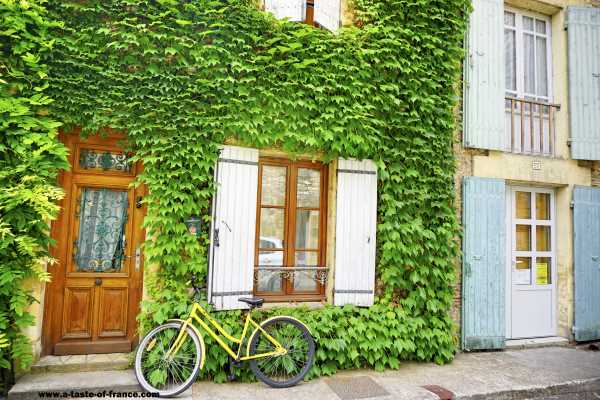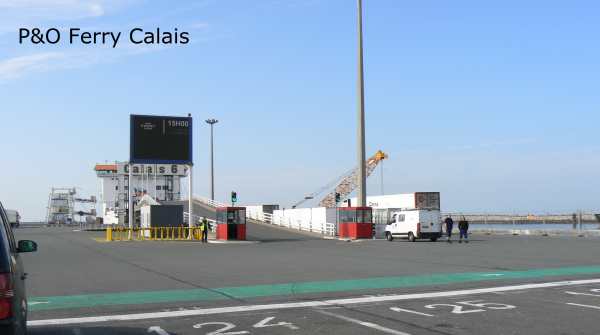Welcome to www.a-taste-of-france.com property section.By continuing to use the site you agree to our cookies policy Privacy-policy

FTC Disclosure: If you make a purchase via a link on this site, I may receive a small commission on the transaction - at no added cost to you. Thank you!
A taste of France property section
Louvre Museum Paris
by joe
(USA)

Louvre Museum Paris
The Musée du Louvre — the Louvre Museum
is a historic monument in Paris and the national museum of France. It is a central landmark of the city, located on the Right Bank of the Seine in the 1st arrondissement.It's the most visited museum in the world and arguably the most famous one. Nearly 35,000 objects from the 6th millennium BC to the 19th century AD are exhibited over an area of 60,600 square metres (652,300 square feet).
The museum is housed in the Louvre Palace (Palais du Louvre) which began as a fortress built in the late 12th century under Philip II. Remnants of the fortress are still visible. The building was extended many times to form the present Louvre Palace.
In 1672, Louis XIV chose the Palace of Versailles for his household, leaving the Louvre primarily as a place to display the royal collection, including, from 1692, a collection of antique sculpture.3
In 1692, the building was occupied by the Académie des Inscriptions et Belles Lettres and the Académie Royale de Peinture et de Sculpture, which in 1699 held the first of a series of salons. The Académie remained at the Louvre for 100 years.
4 During the French Revolution, the National Assembly decreed that the Louvre should be used as a museum, to display the nation's masterpieces.
The museum opened on 10 August 1793 with an exhibition of 537 paintings, the majority of the works being confiscated church and royal property.
Because of structural problems with the building, the museum was closed in 1796 until 1801. The size of the collection increased under Napoleon when the museum was renamed the Musée Napoléon. After his defeat at Waterloo, many works seized by Napoleon's armies were returned to their original owners.
The collection was further increased during the reigns of Louis XVIII and Charles X, and during the Second Empire the museum gained 20,000 pieces.
Holdings have grown steadily through donations and gifts since the Third Republic, except during the two World Wars.
As of 2008, the collection is divided among eight curatorial departments: Egyptian Antiquities; Near Eastern Antiquities; Greek, Etruscan, and Roman Antiquities; Islamic Art; Sculpture; Decorative Arts; Paintings; and Prints and Drawings.
Photo of the day in France old house with shutters
Hotels in France
Check out the deals at Disneyland Paris tickets and Hotels
Book your Eurotunnel ticket here




